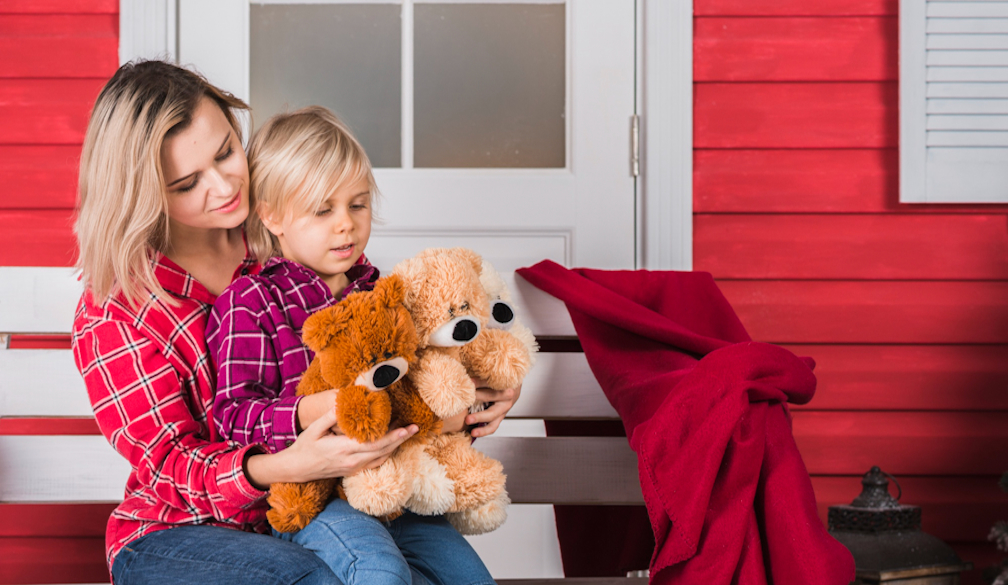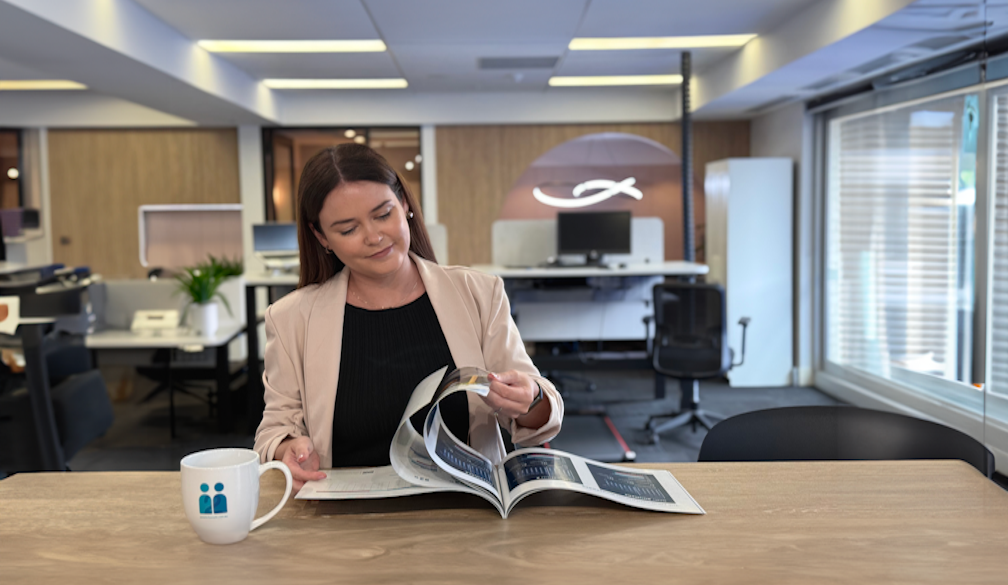When to Say Goodbye: Understanding the Right Time for Kids to Part with Stuffed Animals

Kids often form a special bond with their stuffed animals, turning to these soft, cuddly friends for comfort during naptime, playtime, or when facing new situations. The journey from clinging to a favorite teddy bear to leaving it on the shelf is a natural part of growing up. This transition can be simple for some kids and tougher for others. In this discussion, we'll explore how to recognise when your child might be ready to move on from their stuffed animals and how to support them through this change. It's all about understanding and respecting their feelings while helping them grow and embrace the next stage of their lives.
The Role of Stuffed Animals in Child Development
Stuffed animals are more than just toys for kids. They often act as "transitional objects." This fancy term just means that stuffed animals help kids handle changes and deal with their feelings. For example, when a child goes to daycare for the first time, they might bring a favorite stuffed toy with them. This toy helps them feel safe and reminds them of home, making the new experience less scary.
These cuddly toys can do a lot of good. They help kids learn to control their emotions. If a child is feeling sad or upset, hugging a stuffed animal can make them feel better. It's like having a comforting friend by their side. Companies like Jellycat Australia even offer personalised stuffed toy options to make the connection ever more special.
They also help with social skills. Kids often talk to their stuffed toys, play with them, and pretend they're real friends. This playtime is actually important work. It teaches kids how to communicate, share, and empathise with others. So, while it might just look like your child is playing, they're really learning important skills that will help them get along with people as they grow up. Have a look at the best teddy bear shop in Australia
Signs It's Time to Start Letting Go
Sometimes it's not easy to tell when your child is ready to move on from their stuffed animals. But there are a few clear signs you can look out for. One major sign is if your child doesn't seem as attached to their stuffed toys as before. Maybe they used to carry their teddy everywhere, but now it's often left behind or forgotten.
Another sign is a change in what they're interested in. As kids get older, they start getting into different activities that might not involve their stuffed friends. They might start playing more with other kids, getting into sports, or picking up new hobbies like drawing or building things. This shift is totally normal – it just means they're growing up and finding new ways to explore the world.
If you notice these changes, it might be time to gently start the process of moving away from stuffed animals. But remember, every child is different, so it's all about going at a pace that's comfortable for them.
Age-Appropriate Transitions
Here's a rough guide to help you understand what's typical at different ages and what signs to look out for:
Toddlers (1-3 years): At this stage, kids often have a favorite stuffed toy they might carry everywhere – car, bed, day care, the shops, toddler sensory class, grandma’s house. Everywhere. It's normal and helps them feel secure.
Preschool (3-5 years): Children start to play more with others and might not cling to their stuffed toys as much. They're learning to explore and might leave their toy behind as they play.
School age (5-8 years): Kids this age start to develop a wide range of interests like sports, arts, or other hobbies. They might still enjoy their stuffed animals but won't need them all the time.
Older children (9+ years): Many kids start to outgrow their stuffed animals during these years. They might keep them on their bed as a decoration but are less likely to play with them.
Remember, every child is different. Some might hold onto their stuffed animals longer, and that's okay. It's all about supporting them as they grow and letting them decide when they're ready to move on. If your child still loves their stuffed toys and they're not getting in the way of other activities, there's no rush to make them give them up.
Encouraging Independence While Respecting Attachment
Helping your child to be more independent from their stuffed animals can be done gently and kindly. Here are some strategies:
Introduce New Activities: Encourage your child to join in new activities that don't involve their stuffed animal. This could be anything from a new sport, a craft project, or a board game. The idea is to show them they can have fun and feel comforted without always needing their stuffed friend.
Set Limits Gradually: Instead of taking the stuffed animal away completely, you might start by suggesting the toy stays at home during daycare or school time. Or, you could designate the stuffed animal as a bedtime-only companion. This way, your child slowly gets used to spending time without it.
Create a Comforting Environment: Make sure your child feels safe and loved even without their stuffed animal. Spend quality time together, and make their environment warm and comforting. This can help reduce their need for the stuffed animal for comfort.
Talk About Feelings: It's important to talk to your child about how they feel about their stuffed animal and the idea of spending less time with it. Let them know it's okay to feel attached and that it's also okay to start doing things on their own. Validate their feelings by listening and offering comfort.
Conclusion
Remember, saying goodbye to stuffed animals is a unique journey for every child. It's something that needs patience and understanding. As parents, your role is to support your children as they grow and become more independent, but also to respect their feelings and attachments. Each child is different, so they'll let go of their stuffed friends in their own time. Be there for them, offer guidance, and let them know it's okay to move forward when they're ready.
















